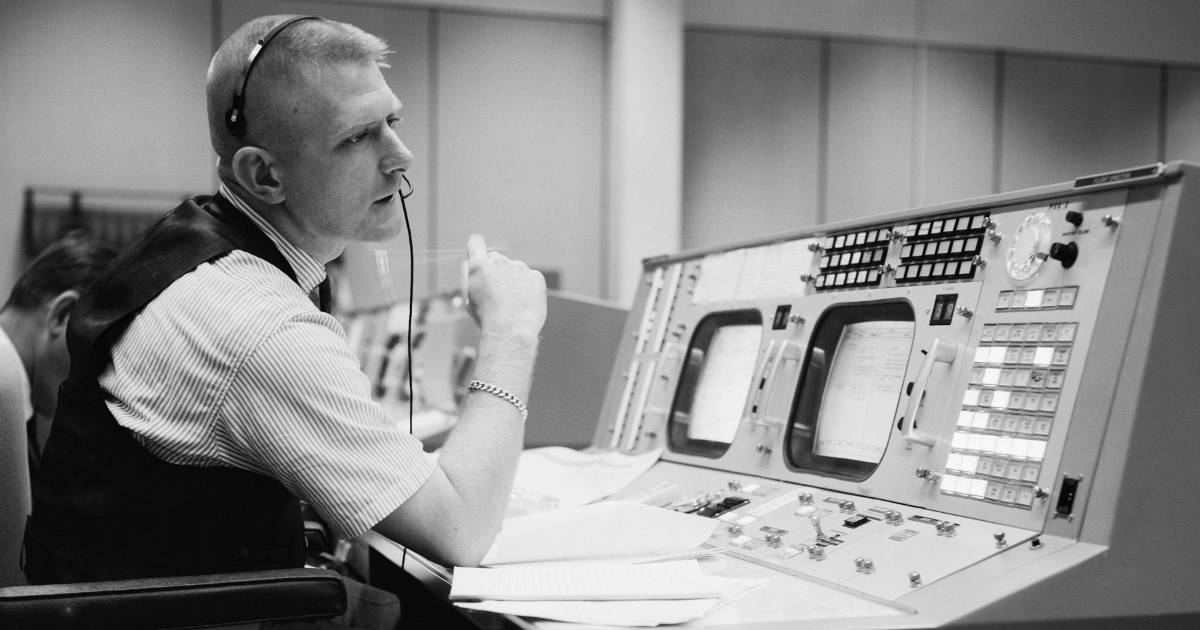The Data Science Split:
From Unicorns to Teams

I discovered data science as a possible career in 2014 when I was looking for something to do after deciding not to pursue a career in academia. Less than a year later I was a professional data scientist,1 having moved across country and gotten a job with the help of Insight. It was there that I realized that the data science role was already splintering into multiple, specialized roles.
The Split
At Insight I ran into lots of different types of data scientists. Some were really, really good at statistics; others lived for experiment design and power analysis; some—like me—loved writing clean, performant code and playing around with deep learning. Yet at the end of the program we mostly interviewed for jobs that were no more specific than “data scientist”. The companies were looking for someone to set up their data teams and extract value from their data.
This was the tail end of the unicorn era. Data engineering had already become it’s own specialty, but everything else was still under the umbrella term data scientist. Even as a neophyte I could see further splits coming.
Unicorn Era
The Unicorn Era was the time when data science was first being established. Companies had heard that “data was the new oil” and were desperate to hire someone to refine it for them. They looked to hire a person who could span the entire spectrum of data jobs, from setting up the infrastructure, to building analyses on top of it, to shipping and owning models in production. But people who could master all of these skills were not just rare, they were mythical. Hence, unicorns.
It worked OK for awhile. There were few data science jobs so companies needed to find only a scant handful of unicorns. Still it couldn’t last. Demand for data scientists exploded and the tasks they were asked to perform became more and more demanding and more and more specialized. It no longer made sense to try to find a single person to do it all, for many reasons.
First, finding unicorns had always been nearly impossible. Every data scientist is an expert in some part of the field, but almost no one is great at everything and interested in all of it. Splitting the role allowed people to focus on the areas that they were most passionate about.
Second, training a data scientist—waiting for them to finish a PhD in some other subject first while hoping the required data skills would rub off on them in the process—took too long. An undergraduate degree was the obvious solution and every college quickly spun up a data science undergraduate program. But how could you impart the ten years of knowledge gathered in the lead up to a PhD in just four? You can’t— unless you split it across three different people.
The Team Era
The data science role slowly split into multiple positions. Work that had before been owned by individuals with ill defined titles instead was distributed across an entire teams. Hence, the Team Era.
But it didn’t split into just one or two new roles, it split into a whole spectrum. The roles cover everything from setting up the underlying infrastructure, to improving specialized tooling, to building models, to reporting out the results. I discuss five of these roles in my next post:
From Analyst to Machine Learning
Data science has left the era of the Unicorn and entered the era of the team, but that means there is now a whole spectrum of data science jobs. Here is what they do.
-
At least in the sense that I was paid to do it… I don’t claim to have been any good. ↩
